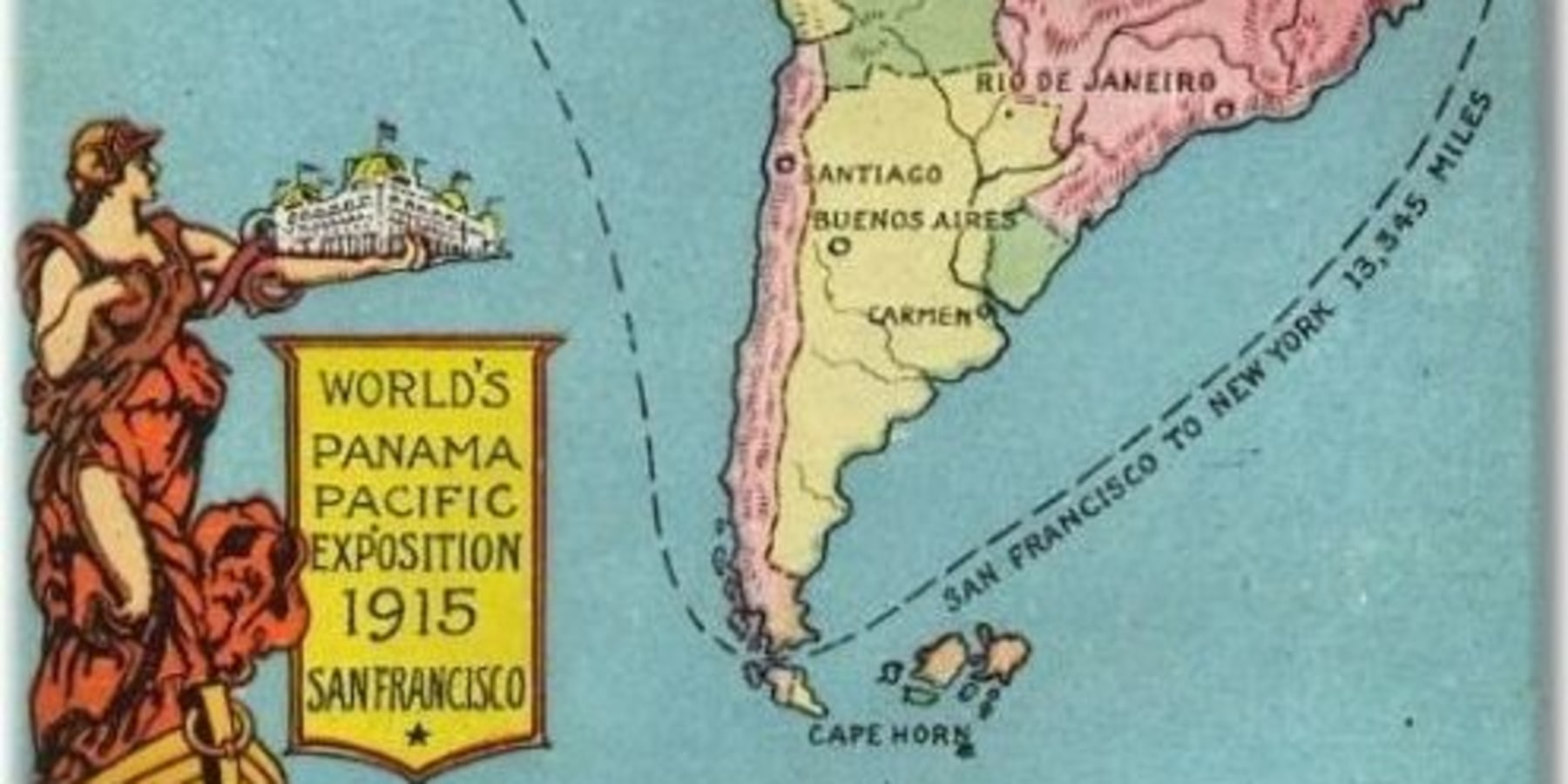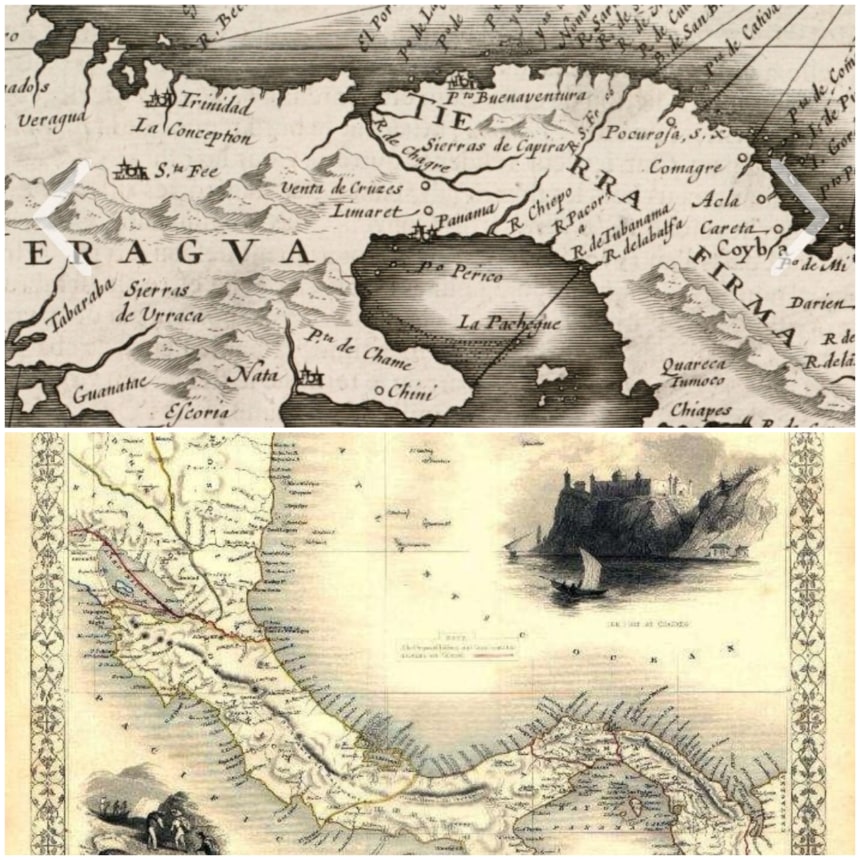
When Panama emerged from the sea to create the Isthmus of Panama about three million years ago, it changed the world. It sparked the Great American Biological Interchange in which members of the cat, dog, pig, horse, rodent and elephant families migrated from North America to South America. Armadillos, sloths, anteaters, marsupials, giant birds, and porcupines travelled north. Following the exchange, most southern forms went extinct in the north, but northern forms prospered in the south. Subsequently, the vast biological diversity of the Amazon spread to Central America.
The emerging isthmus divided a uniform tropical ocean into two parts, creating a perfect, natural Darwinian evolutionary experiment in the sea. The Caribbean side became warmer, saltier and deficient in nutrients —classic conditions for coral reefs spread. On the Pacific side, the seasonal upwelling of cold nutrient-rich water produced vast quantities of anchovies that each year feed a spectacular gathering of seabirds, whales, rays, sharks and fishes. These strikingly different marine environments helped drive many original forms to evolve into different species on either side of the Isthmus of Panama, making it a unique location to study how evolution works.
Further afield, the formation of the isthmus changed global ocean circulation, which affected climate around the world and perhaps influenced the development of an ice age and humans' evolution in Africa. The Isthmus's appearance affected the climatic conditions of the world, making radical changes in geography, flora, and fauna.
But that was just the beginning!
Millions of years later, Panama continued and continues connecting the world. First was the first commercial road during the Spanish colony; then giving way to the first railway line that connected 2 oceans, to then give way to the construction of the Panama Canal. We are still ..... the route that unites the world.




